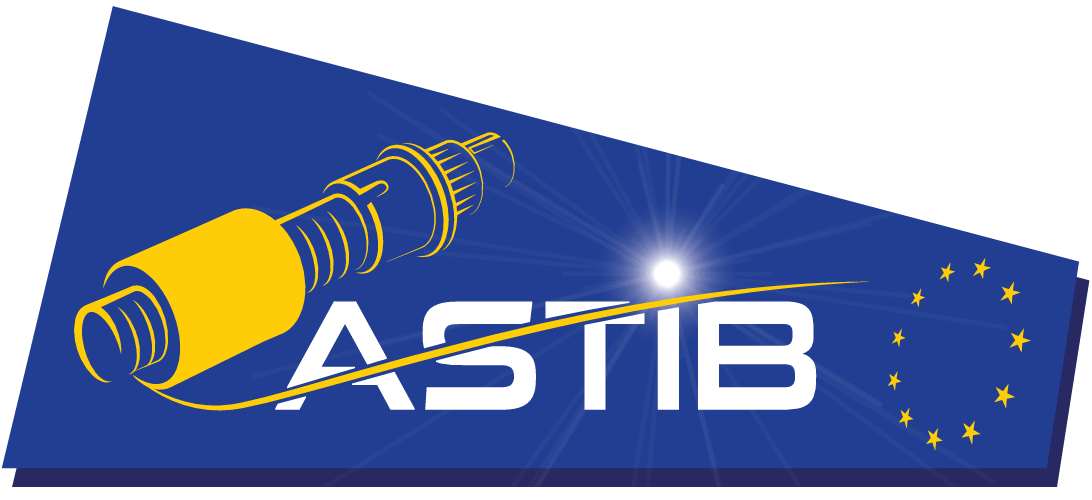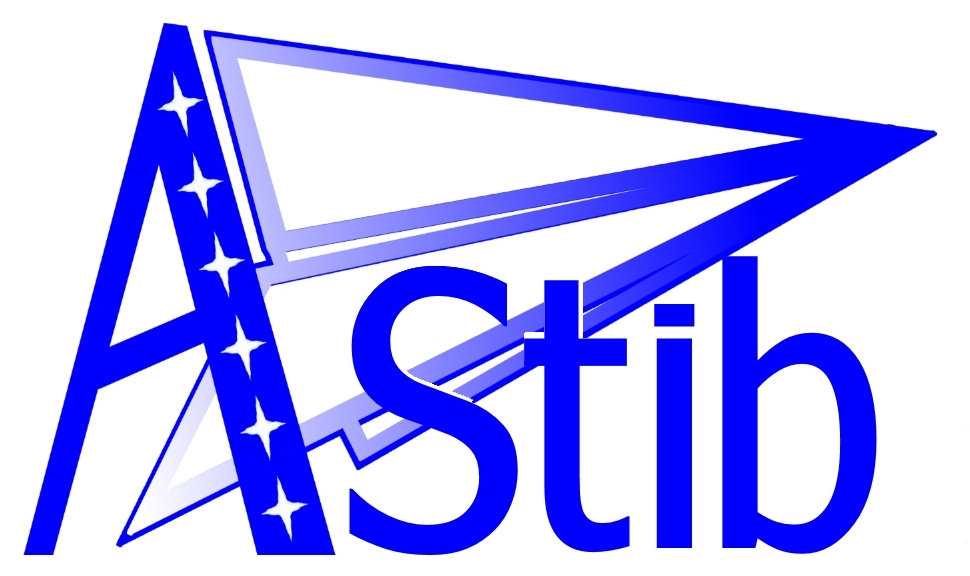
- Proposal
State of the Art - Background Objectives Description of Work Activities Expected results - Achieved results

Expected results
The value proposition of the technologies addressed by ASTIB is to increase revenue by decreasing weight and reducing fuel burn, by improving aircraft reliability and by ensuring efficient and effective maintenance to maximize vehicle usage. The ASTIB goal is to advance the state-of-the-art in electrical actuation, in actuators health monitoring and in the testing and simulation technologies and techniques that are instrumental in enabling a thorough validation of the equipment and units under test, thereby facilitating their application in a future flying demonstrator. Significant breakthroughs in the scope of the project are expected to be:
1) Develop flight representative electromechanical actuators able to fit within the limited envelope foreseen for their application in thin wings and in the landing gear bays
2) Overcome the critical issue of possible seizure of electromechanical actuators, while enhancing their reliability by means of a combination of actuators architectures with minimum number of components and jam predictive techniques
>> Understanding the physics of fault development in electromechanical actuators, which is so far largely uncertain, but is fundamental for performing actuators prognosis; this activity will address both electrical and mechanical faults
>> Identifying the significant features that define the actuators health and which methodologies are best suited for processing these features, and develop appropriate reasoning algorithms
>> Allow hardware, hardware-in-the-loop and software-in-the-loop testing to permit all types of tests
>> Permit virtual injection of degradations in the components under test and assess the merits of the PHM system that will be developed
>> Provide accurate real-time generation of loads for the flight control surfaces, inclusive of representation of loads generated by gusts and turbulence, by use of an innovative non-linear, adaptive and predictive force control system
>> Create a virtual wing complementing the real wing in order to conduct full representative testing of the aircraft flight conditions with half of the hardware that would be normally needed
The ASTIB ambition is hence to allow a coordinated design process for electromechanical actuation, health monitoring, simulation and testing technologies to contribute to a breakthrough in their industrialisation, thereby offering an innovation potential for the future green regional aircraft. This crucial and ground-breaking innovation will be facilitated by the methodologies and the technologies developed within the project, as well as by the confidence gained from their validation obtained by extensive analysis and demonstration.
It is expected that the body of knowledge acquired in ASTIB, the foreseen validation of the project results and the market position of the involved stakeholders will also ensure that the clear innovation potential is also pushed in other areas, so as to:
- Contribute to the development of flight worthy electromechanical actuators for other aircraft systems
- Facilitate the implementation of a prognostic and health management system for the entire aircraft flight control system, compatible with an overall aircraft and fleet level solution.
- Exploiting the capabilities of the new iron bird for enabling a reduction of the time-to-market, inclusive of a reduction of the certification time, by enhancing the flexibility of the tests

